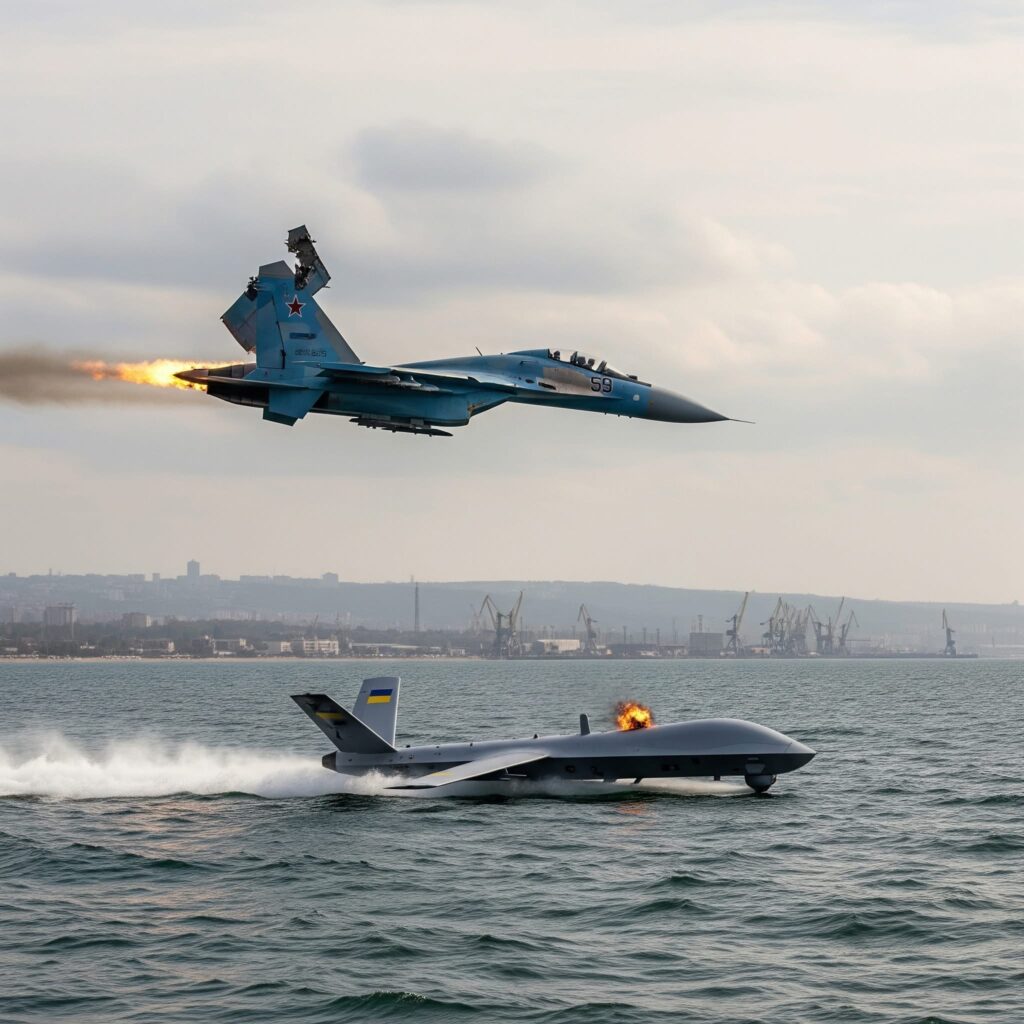
The Sukhoi Su-27-series fighter jet is one of the most iconic and capable combat aircraft ever developed by Russia. Originally designed during the Cold War to counter the American F-15 Eagle, the Su-27 quickly became a symbol of Soviet engineering and aerial dominance. Over time, it evolved into an entire family of fighter jets, each variant incorporating new technologies, avionics, and weapons systems. Today, the Su-27 and its derivatives remain a cornerstone of Russia’s air power and are in service with several air forces around the world.
The development of the Su-27 began in the 1970s under the Sukhoi Design Bureau. The Soviet Union needed an air superiority fighter that could match or exceed the performance of the U.S. Air Force’s newest fighters. Engineers focused on creating an aircraft with exceptional maneuverability, long range, and powerful radar. The first prototype, known as the T-10, made its maiden flight in 1977, but it underwent major redesigns before entering service in 1985 as the Su-27 “Flanker.” The jet’s large size, twin-engine configuration, and blended wing-body design gave it outstanding aerodynamic performance and stability at high angles of attack.
One of the defining features of the Su-27 is its agility. The aircraft’s aerodynamic layout, combined with a powerful thrust-to-weight ratio, allows it to perform complex maneuvers that few other jets can match. The “Cobra” maneuver, where the aircraft suddenly pitches up to near-vertical before recovering, became a signature demonstration of its capabilities. In combat scenarios, this agility translates into a distinct advantage during dogfights, enabling pilots to evade enemy missiles and gain favorable firing positions.
The Su-27 is equipped with advanced avionics and weapon systems for both air-to-air and air-to-ground missions. It carries a powerful radar capable of detecting and tracking multiple targets, and it can engage them with a wide range of missiles, including the R-27 and R-73. In addition to its missile armament, it is fitted with a 30mm GSh-30-1 cannon for close-range engagements. The aircraft’s design also allows for extended range missions, thanks to large internal fuel tanks and the ability to refuel midair.
Over the years, the Su-27 platform has spawned numerous variants. The Su-30 introduced two-seat configurations and enhanced avionics for multirole operations. The Su-33 was adapted for carrier operations with reinforced landing gear and folding wings. Later models like the Su-35 feature advanced radar systems, thrust-vectoring engines, and modern digital flight controls, placing them among the world’s top fourth-generation-plus fighters. China also developed its own versions under license, including the Shenyang J-11 and J-16.
The Su-27-series aircraft have seen extensive service across the globe. They have been exported to countries such as China, India, Indonesia, and Vietnam, proving reliable in various climates and operational environments. Even decades after its introduction, the Su-27 remains a formidable presence in modern air forces, thanks to continuous upgrades and adaptations.
In essence, the Sukhoi Su-27-series fighter jet represents the perfect blend of power, precision, and performance. It not only helped define Soviet and later Russian air combat doctrine but also influenced fighter design around the world. Its legacy endures as one of the most respected and recognizable aircraft in aviation history.


